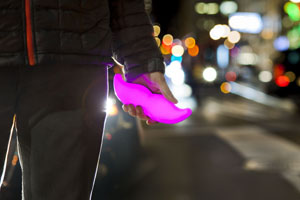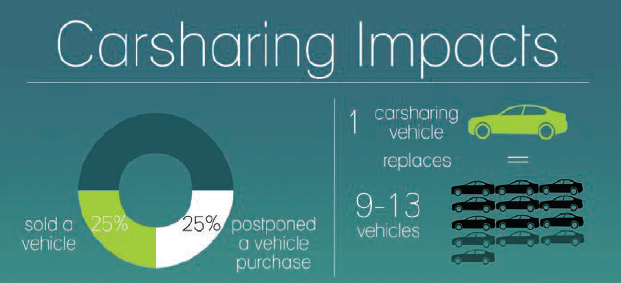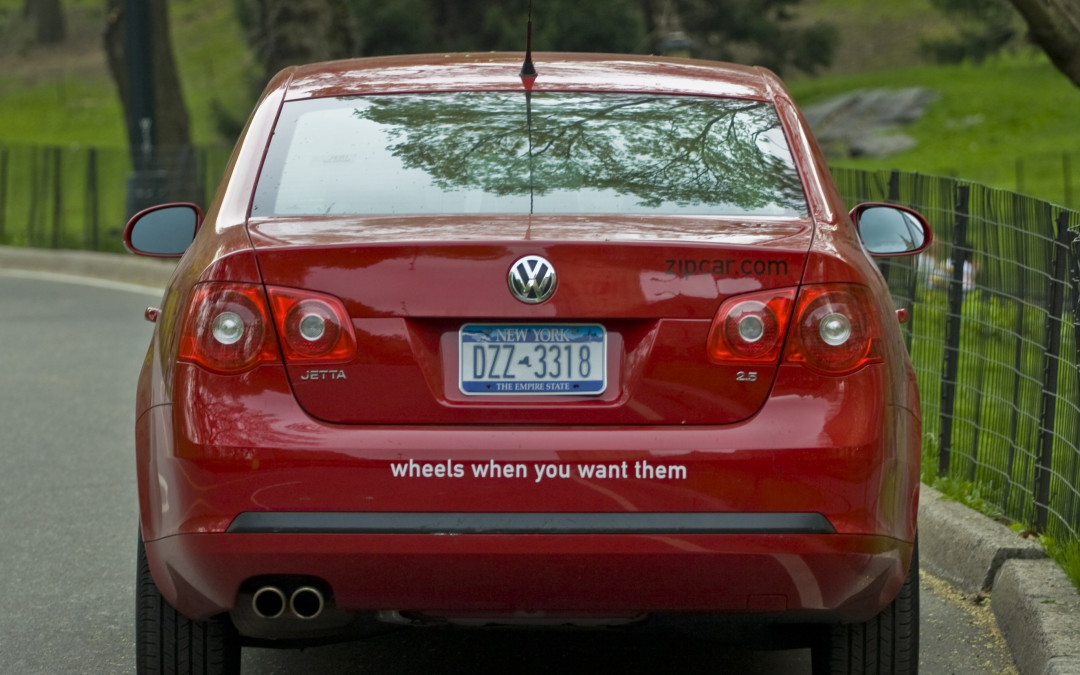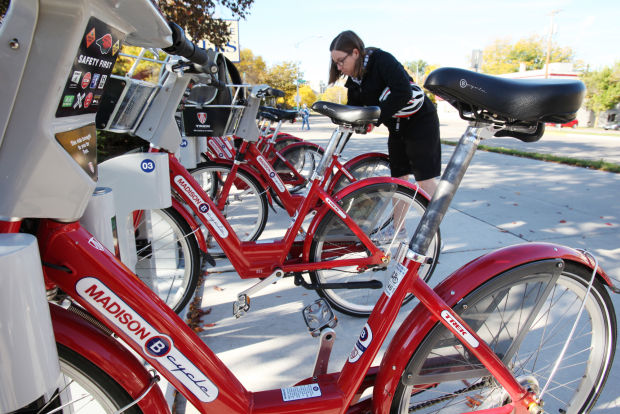
by Innovative Mobility Research | Jun 18, 2015 |
By Josh Stevens In the past year or so, two innovative companies emerged, amid bitter competition but parallel success, to solve some of transportation’s most vexing problems. They have brought spirited late-night revelers home safely. They have gotten travelers to the airport on time. They have dropped off sandwiches to hungry offices. They have given taxi companies fits. By some accounts, Uber and Lyft, which are each operating in dozens of metro areas around the country, have only one major challenge left to overcome. It is the one that has baffled transportation planners, highway builders, soccer moms and weary executives for generations: mobility in the suburbs. “I personally use these services to complete first-mile, last-time trips,” said Susan Shaheen, engineering professor and director of the Innovative Mobility Research program at the University of California, Berkeley. “It’s filling a gap and making it possible for me to take public transit into the city, versus driving.” Shaheen said that in a recent survey of ride-hail passengers who were getting out of cars in downtown San Francisco, a potentially significant number had begun their trips at transit stops. The ride-hailing companies’ ability to serve non-driving residents could be even more important than what they do for commuters or for business travelers. Campbell said that many of his passengers are elderly and that, despite the seeming divide between the smartphone and rotary phone generations, they have found the apps to be relatively easy to use. In many areas, these options could complement, or replace, services that are often costly and inefficient. These include paratransit and assistance for the elderly. “Agencies are raising this...

by Innovative Mobility Research | Jun 17, 2015 |
By Makenzi Rasey Confession: When I started sharing rides as a means to get around, it wasn’t entirely for a greater good, or for any particularly noble reasons. I wanted to get where I needed to go as conveniently, quickly and inexpensively as possible. As ridesharing turned into peer to peer car-sharing -through services like GetAround andRelayRides– I still saw such travel as a means for efficient and affordable transportation. It didn’t immediately occur to me that what I was doing had broad and measureable environmental benefits. How little I knew! From Susan Shaheen, director of Innovative Mobility Research at UC-Berkeley’s Transportation Sustainability Research Center, I learned that “One car-sharing vehicle can replace 9 to 13 vehicles among car-sharing members because their vehicles were sold or they postponed purchasing vehicles,”. Dr. Shaheen’s research also found that carsharing “results in notable reductions in vehicle miles traveled (VMT) (27% to 43%) and in greenhouse gas (GHG) emissions (an average reduction of 34% to 41% and an average decrease of 0.58 to 0.84 metric tons/household).” That’s not all. To read full article, click...

by mattchristensen00 | Jun 16, 2015 |
By Greg Gardner Maybe car sharing won’t threaten the auto industry after all. Despite forecasts from futurists that millennials aren’t that interested in owning cars and trucks, new vehicle sales are running at levels not seen since the housing bubble of a decade ago. At the same time 1.3 million Americans belonged to some type of car-sharing network at the end of 2014, a 34% increase from 2013, according to the University of California-Berkeley’s Transportation Sustainability Research Center. In fact, a newish segment of car-share industry is also expanding, renting out your personal vehicle to strangers in much the same way Airbnb.com rents out your residence to travelers, if you’re out of town or on your own vacation. The San Francisco-based vehicle-share program, which launched in 2009, is called Getaround and has expanded this year to Washington DC, Portland, Ore., and Chicago. The simultaneous upswing for auto sales and car -sharing can be partially explained by rethinking some faulty assumptions. To read the full article, click...

by Innovative Mobility Research | May 21, 2015 |
By Jemma Castle April 21, 2015 Have you considered using a car share scheme, wondering if it’s right for you or would save you money? If you simply want the convenience of being able to access a car every now and then, or you already have a car but need a second for the odd errand, car sharing may well save you money. But what if you drive a lot? Will owning your own car be cheaper in the long term? What is car sharing? Car sharing is different to typical car hire in that you rent the car on an hourly basis. And instead of picking up the car from a central location, car share spots are dispersed around cities (ideally near your home). They’re also becoming popular in new apartment blocks. If you’re planning a weekend trip, full-day rentals are possible and there’s generally a range of vehicle types you can choose from. Just remember: you’ll need to return the car to the same location at the end of your booking. The growing number of car shares in Australia includes: GoGet – Adelaide, Brisbane, Melbourne, Sydney GreenShareCar – Melbourne and Sydney with plans to launch in other cities in the next 18 months (Gold Coast, Sunshine Coast, Brisbane, Perth and Adelaide) Hertz 24/7 – Sydney and Gold Coast Flexicar – Melbourne (owned by Hertz) To read the full article, click...

by Innovative Mobility Research | May 21, 2015 |
By Steve Elbow | The Capital Times May 19, 2015 Madison BCycle, Trek’s local bikeshare program, is racking up more and more rides per year. In 2014, the program logged 104,274 total rides, up from 63,325 in 2012. But who’s actually using those red bikes? Data compiled by the bikeshare program suggests that BCycle riders are generally white and hold a college degree — and they make a pretty good living. That’s probably not unexpected, given that UW campus BCycle stations are the busiest in the city. But it’s also consistent with data from other cities, reported by Vox, that show that bikeshare programs are disproportionately utilized by the well-heeled, despite the fact that more of the people who depend on bicycles are low-income. Of respondents, 86 percent described themselves as white, and about 87 percent had a college degree. Genderwise, they were split right down the middle. Thirty percent were between 25 and 34 years of age, and 25 percent were between 35 and 44, meaning that over half were between 25 and 44. Seventy-four percent were employed full-time, and 12 percent were full-time students. To read the full article, click...






